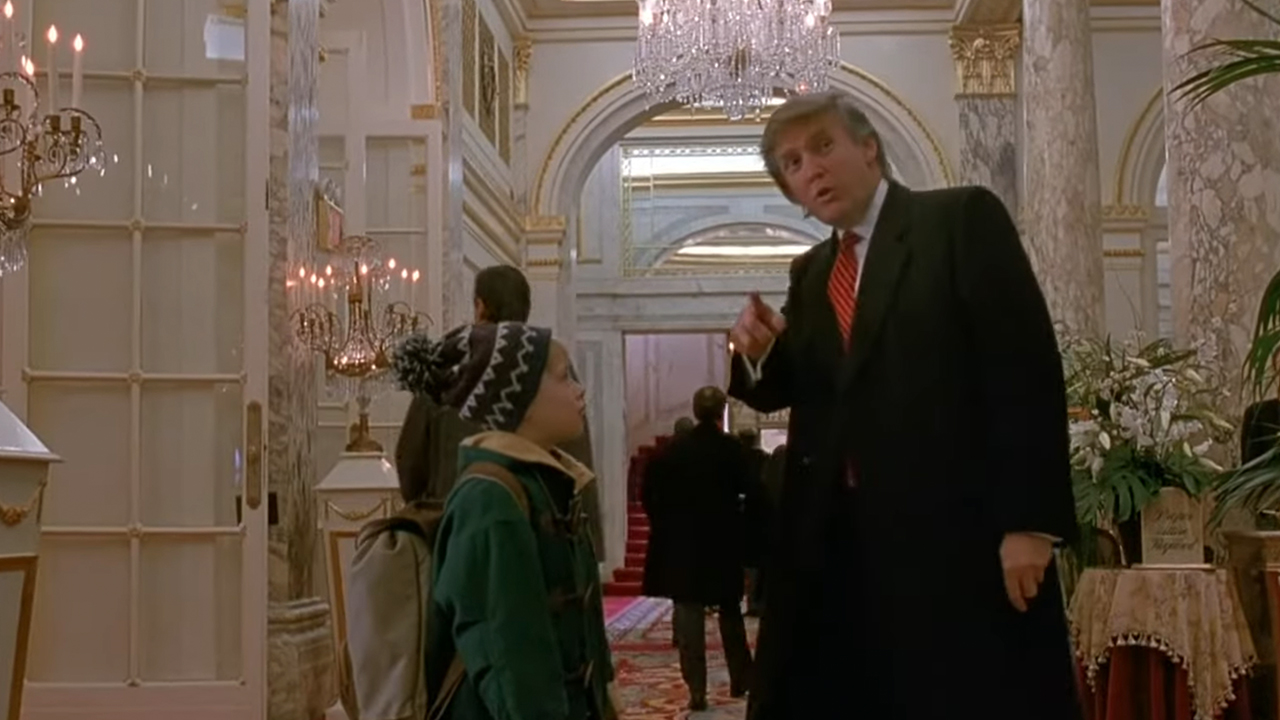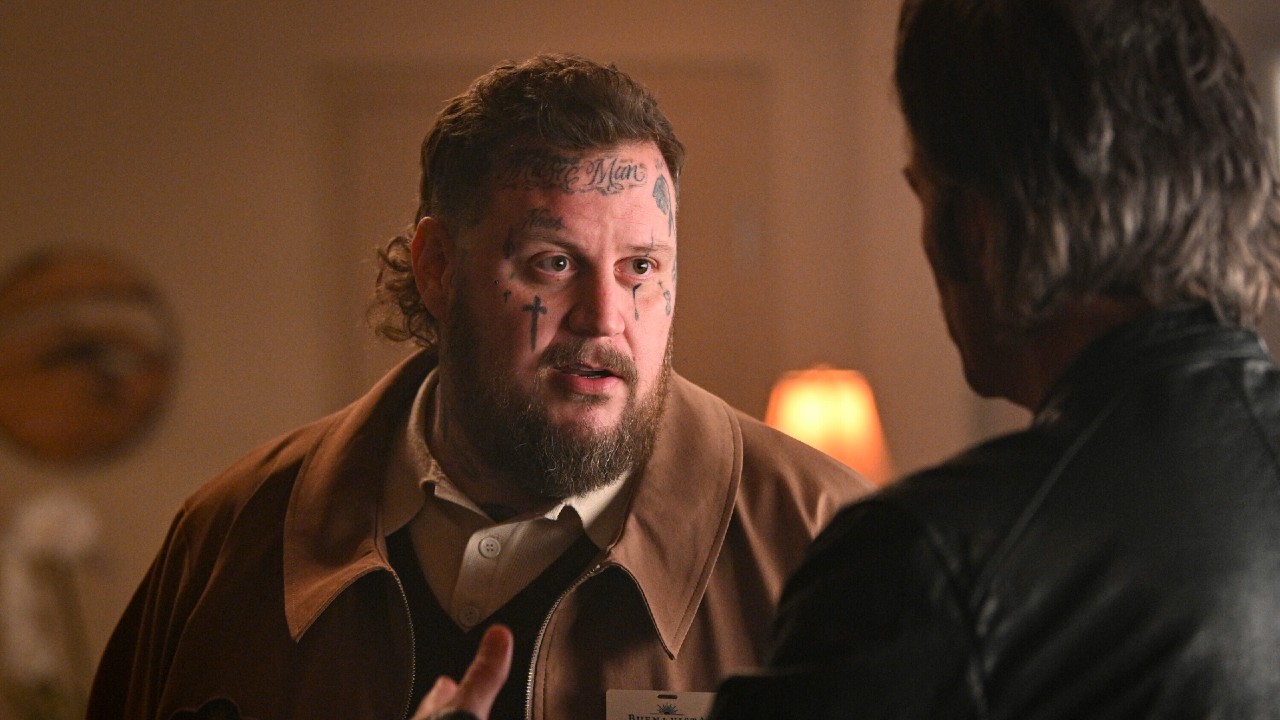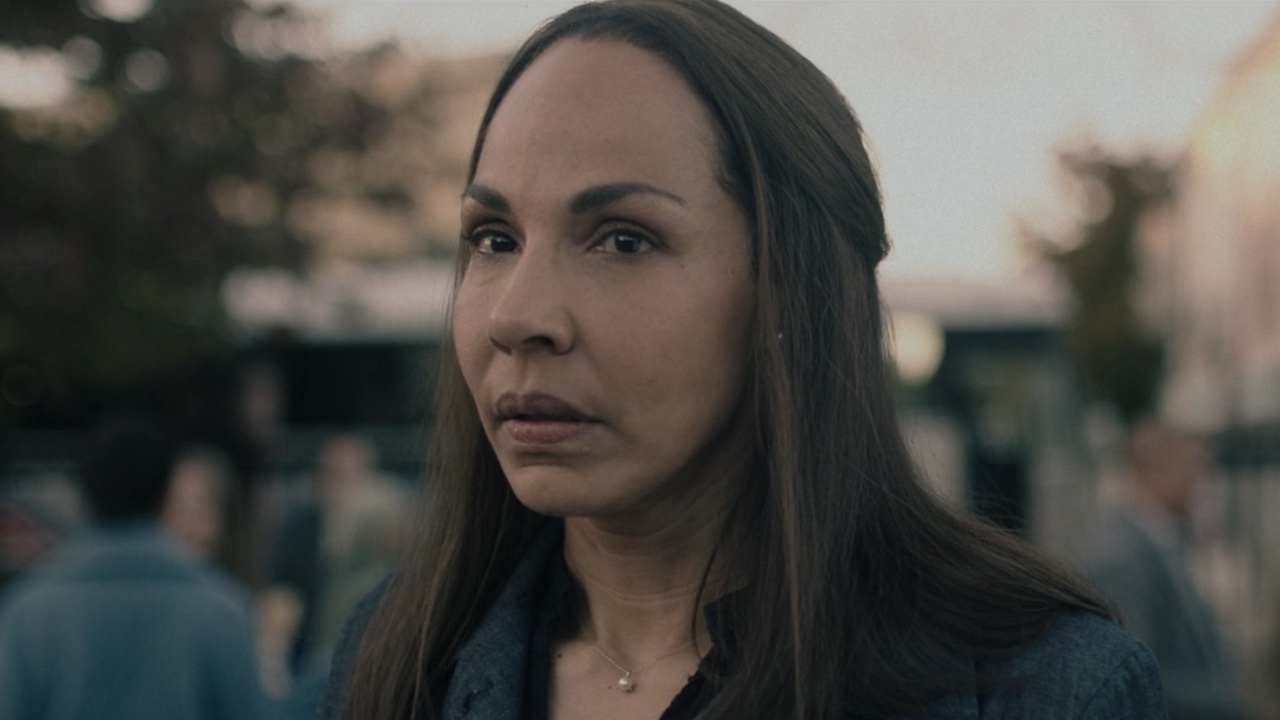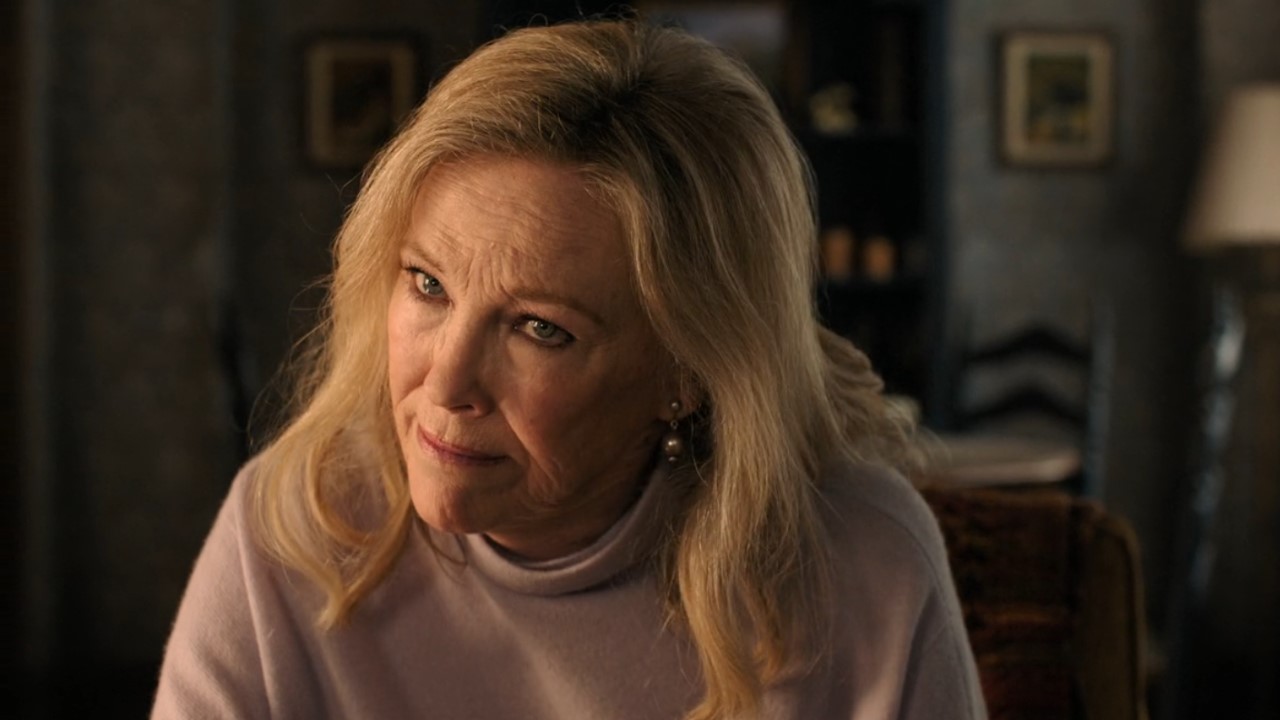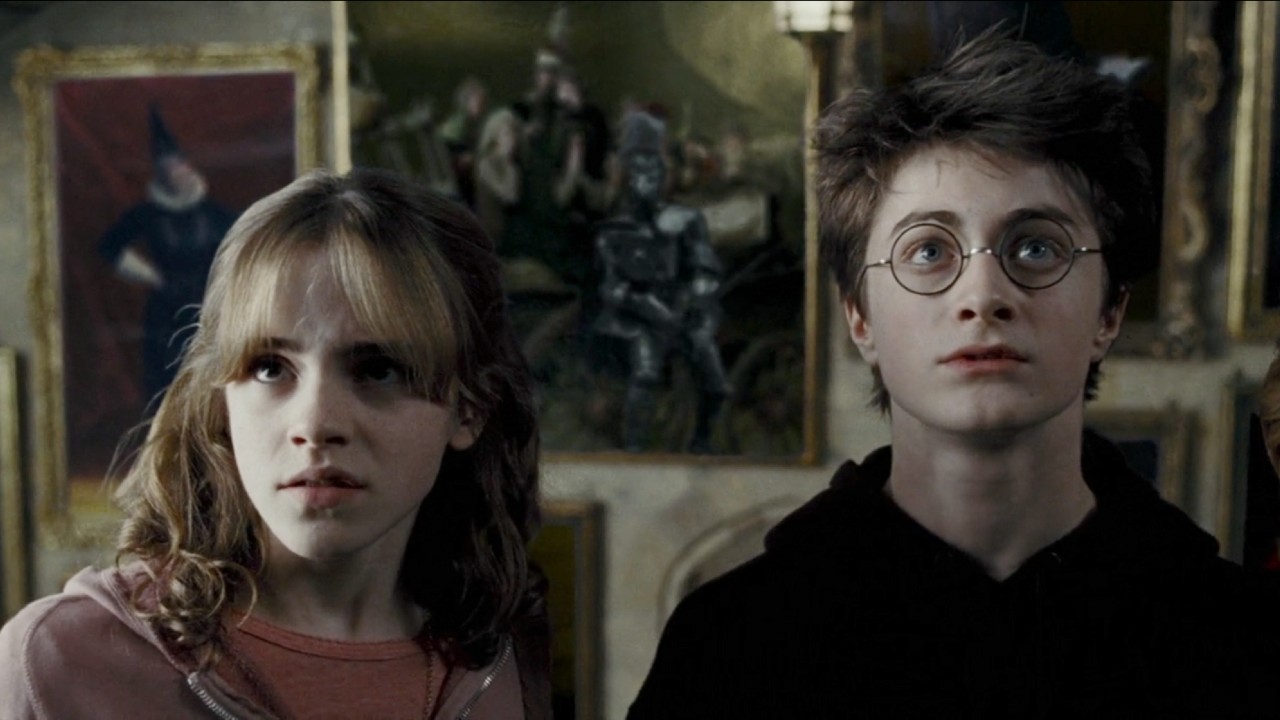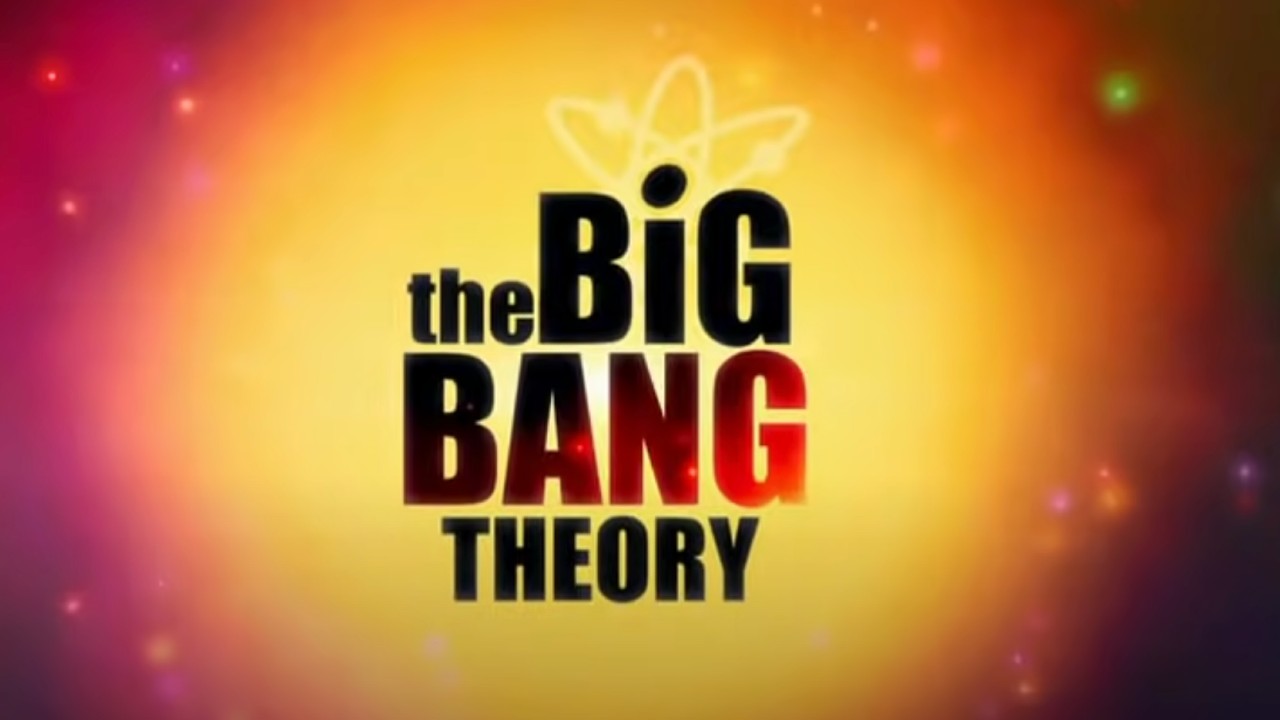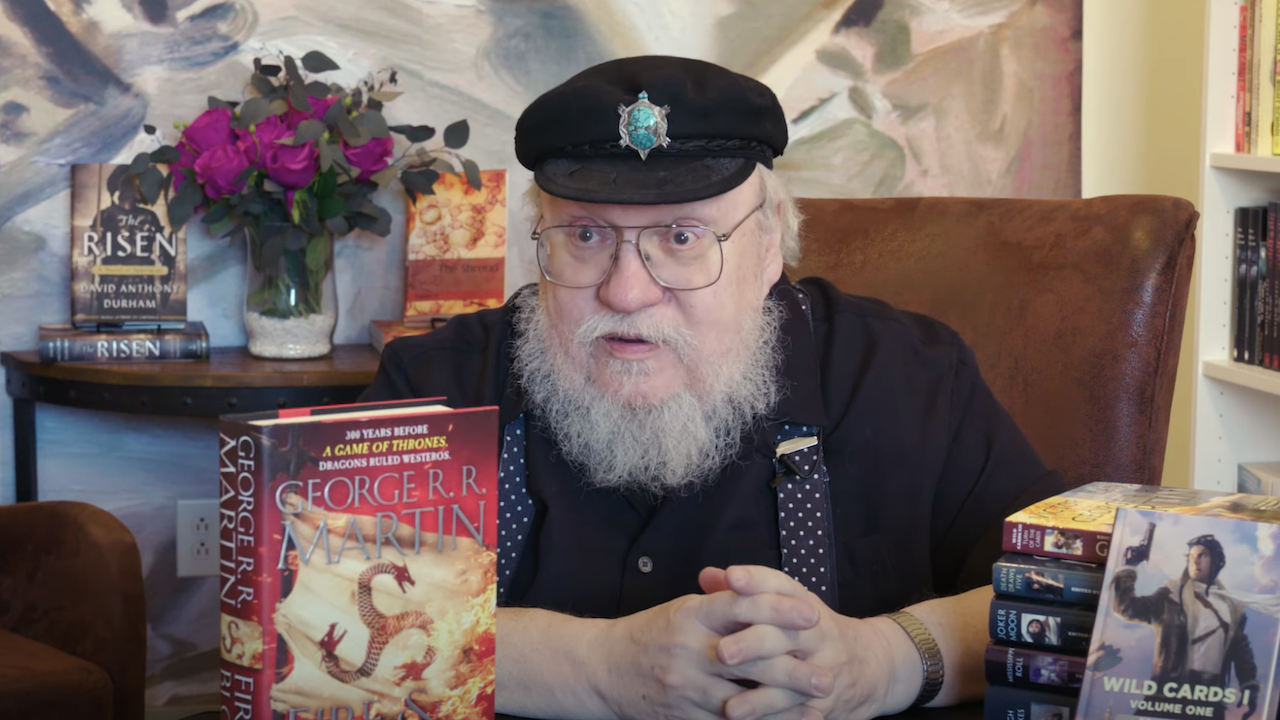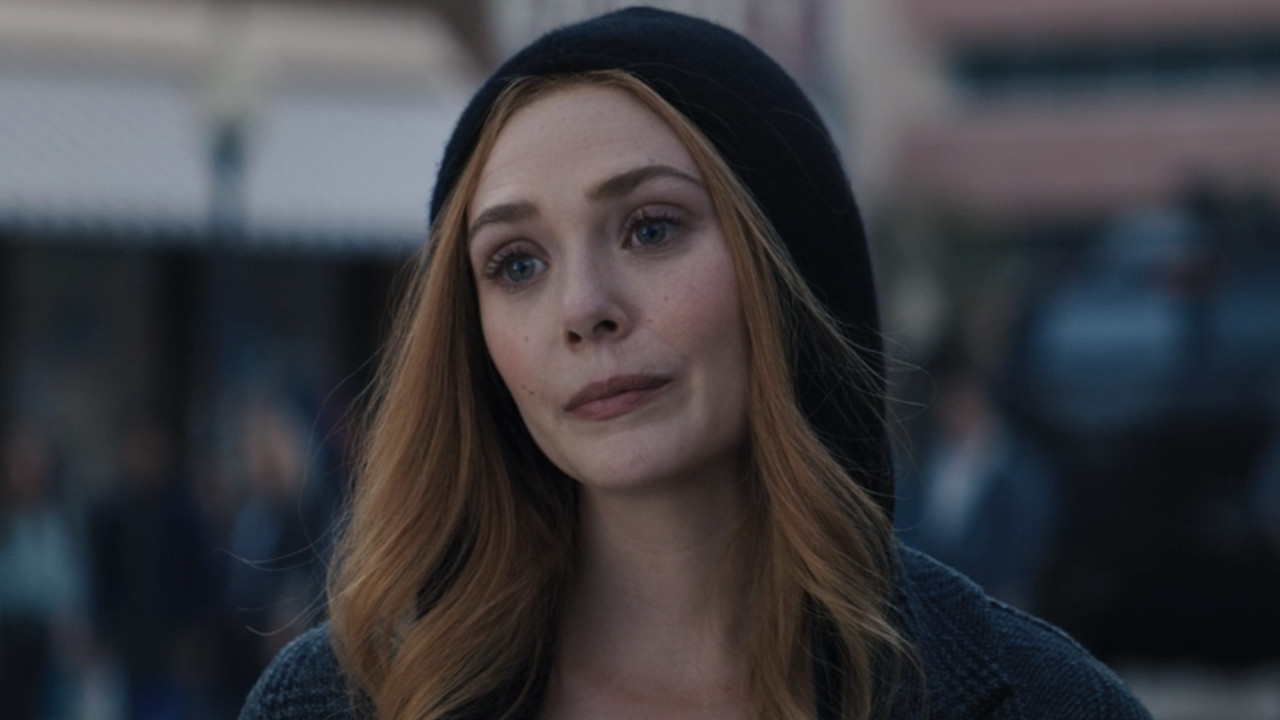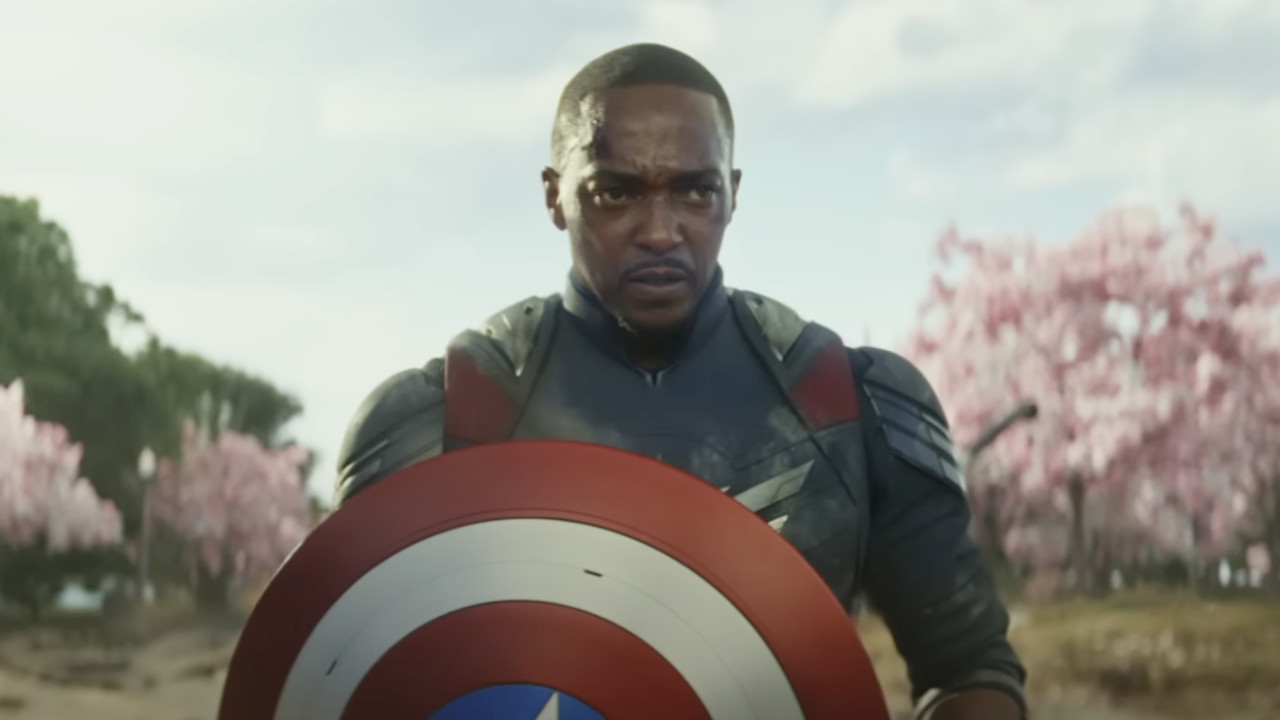Looper Interview: Rian Johnson Decodes Joseph Gordon-Levitt's Bruce Willis Impression
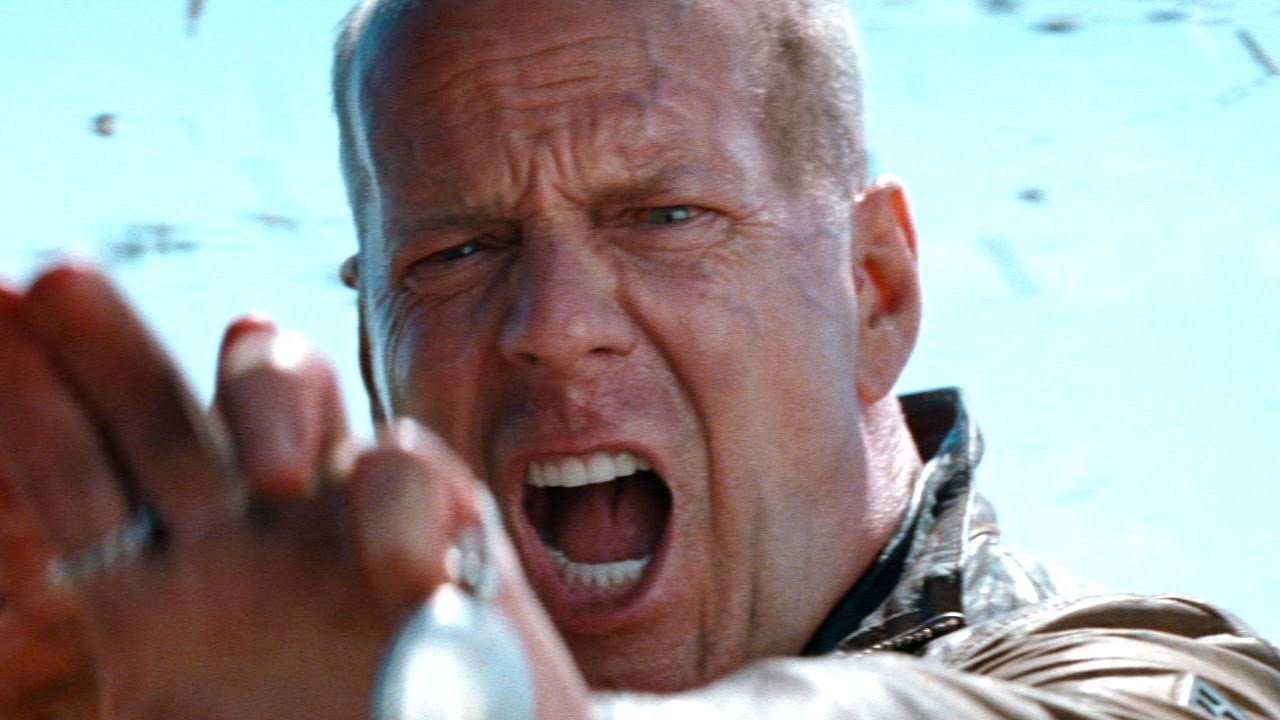
Rian Johnson’s Looper finally has opened in theaters! Stop reading this and go. Go!
What’s that? You’re back? Good. Because while attending the Toronto International Film Festival – where Looper served as the Opening Night film – Johnson took time out of his busy schedule to entertain our time-traveling theories and hash out emotional details over coffee. It’s a piece best saved until after you’ve seen Looper, as we dive into story specifics that you might not want to learn in an interview. But bookmark this conversation (as well as our chats with Looper stars Joseph Gordon-Levitt and Emily Blunt) for post-screening reading. Because you are going to want to read, write and talk about Looper after you’ve seen it, and Cinema Blend is a great place to start.
Here’s Rian Johnson:
Tell me about being the Opening Night film at TIFF.
It was kind of a blur. It was so big and so overwhelming, in a lot of ways. But, the way that we make the movies that we make, we have a consistent, tight group … this little family that moves from film to film. We all get together and make a movie. Joe, whom I’ve known since Brick. Noah Segan, whom I’ve also known since Brick. Steve [Yedlin], my cinematographer whom I’ve been best friends with since I was 18. Or my composer, Nathan Johnson, who is my cousin and we have been working together since we were kids. Sitting in that theater and being surrounded by that family, that helped to ground the whole thing. That was kind of nice.
You’ve had this idea behind Looper for many years.
I wrote the initial idea for this almost 10 years ago. At the time, I was reading a lot of Philip K. Dick, and my mind was just in that sci-fi world. But it was always just this situation … I don’t remember what came first with it, but it was always this set up of a younger hitman who is sent back his older self to kill, and he can’t pull the trigger. Then there’s a chase, basically. That was the initial hook of it.
CINEMABLEND NEWSLETTER
Your Daily Blend of Entertainment News
It was only in the past couple of years that the bigger themes, and Emily’s part of the story, attached themselves and I realized that they could be served by this sci-fi hook, and that’s where it all grew from.
How detailed did you get in your own mind in terms of all of the things that we don’t see?
In terms of the time travel?
No, not exactly. You have a fascinating montage that shows the passage of 30 years. And when you checked in with the characters, I wished that we could have stayed in those periods for a little bit longer to see how much things have changed. How much of that did you fill in when writing all of that?
Yeah, yeah, absolutely. Listen, the temptation – not only there, but also with the time travel – is always there to want to dig deeper and deeper. Because you do build out a whole mythology for it. The thing is, you have to discipline yourself as a storyteller and realize what your story is. You have to realize that moments are really important, and you can’t give yourself the indulgence of spending a second of film time going beyond that. That process continues in the edit room. The China sequence you are talking about was originally twice as long in the edit room. And I’ll tell you, if you’d seen that cut of it, you would have been bored. You would not have wanted to see more of it. We kept paring it back. We realized, “You may think that you want to see more about this stuff, but in reality, the second something is just explanation of something that isn’t crucial to the main line of the story, you instantly feel it.” It may be interesting, but you don’t need to know it.
The time travel is the same thing. I came up with a very elaborate, and I think pretty solid, theory about how all of the paradoxes and everything works. And then it’s a matter of figuring out how much of that you can not explain.
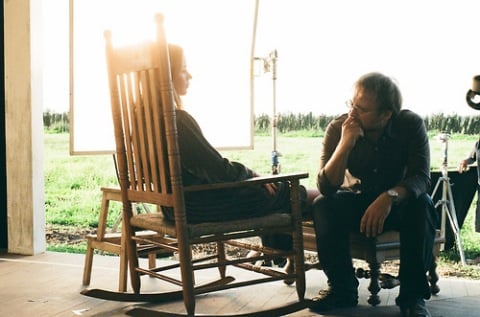
But I love that. Because by the time you finally do show us the device, it’s so secondary …
Right, exactly. And it’s mysterious. I took a design cue from the gadget at the original Trinity site, where the first atomic bomb had been set off. I wanted it to look like it felt dangerous, but also crude and mysterious. There’s no indication on the outside of the device as to how it worked. Because that was these characters’ perspective on it. None of the characters in the movie know how it works. They just have to deal with the consequences of this monolithic thing. It’s like the monolith in 2001. It’s basically an alien technology to them, and they just have to deal with what it is presenting them.
Was it always going to be Bruce Willis as “Future Joe?”
No, but it was always Joe. I wrote the part for Joe. But Bruce I cast when we started the process.
Does Joe have a bag of impressions he could have pulled out if you didn’t get Bruce?
[Laughs] I’m sure he can do anything. No, it actually was a problem because they look so dissimilar. And that’s when we had to get into the makeup. His mannerisms sell it, though. And that’s when we realized that Joe had to wrap himself around Bruce, and not the other way around. We know Bruce so well, it just made sense to use that as our constant and have Joe mirror him.
And it seems like you guys captured Bruce before he was, you know, “Bruce.”
That’s actually a great observation. What Joe did was he watched movies from Bruce now. He didn’t go back and watch movie from young Bruce, so he wasn’t imitating a young Bruce Willis. He was creating a character you could buy as a younger version of today’s Bruce Willis. And that, I think, was an important choice.
Looper is in theaters now.
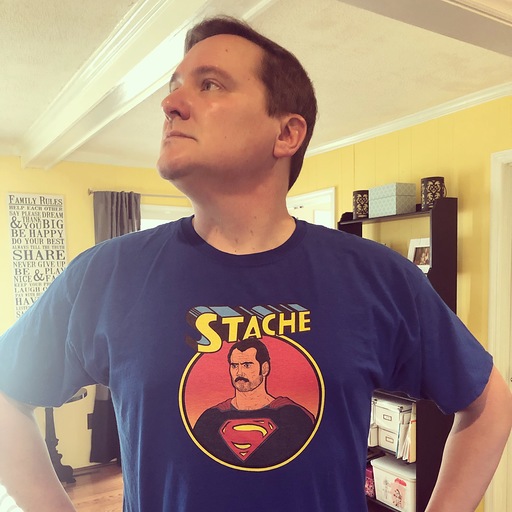
Sean O’Connell is a journalist and CinemaBlend’s Managing Editor. Having been with the site since 2011, Sean interviewed myriad directors, actors and producers, and created ReelBlend, which he proudly cohosts with Jake Hamilton and Kevin McCarthy. And he's the author of RELEASE THE SNYDER CUT, the Spider-Man history book WITH GREAT POWER, and an upcoming book about Bruce Willis.
‘You May Lose Your Fan Favorite’: Chicago Fire’s Eamonn Walker Explained How Serious The Crisis Had To Be To Bring In Boden, And I’m Nervous
The Stars Of Black Mirror’s Common People Have Their Own Theories On What That Bleak Ending Really Means, And I Loved Seeing Them Figure It Out In Real Time
